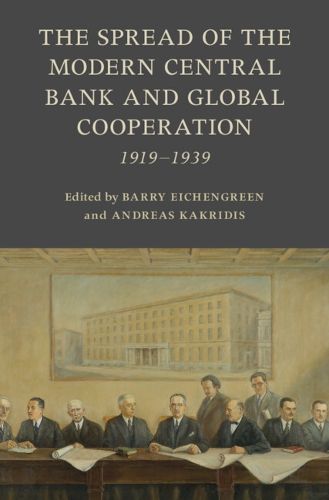Readings Newsletter
Become a Readings Member to make your shopping experience even easier.
Sign in or sign up for free!
You’re not far away from qualifying for FREE standard shipping within Australia
You’ve qualified for FREE standard shipping within Australia
The cart is loading…






Central banks were not always as ubiquitous as they are today. Their functions were circumscribed, their mandates ambiguous, and their allegiances once divided. The inter-war period saw the establishment of twenty-eight new central banks - most in what are now called emerging markets and developing economies. The Emergence of the Modern Central Bank and Global Cooperation provides a new account of their experience, explaining how these new institutions were established and how doctrinal knowledge was transferred. Combining synthetic analysis with national case studies, this book shows how institutional design and monetary practice were shaped by international organizations and leading central banks, which attached conditions to stabilization loans and dispatched 'money doctors.' It highlights how many of these arrangements fell through when central bank independence and the gold standard collapsed.
$9.00 standard shipping within Australia
FREE standard shipping within Australia for orders over $100.00
Express & International shipping calculated at checkout
Central banks were not always as ubiquitous as they are today. Their functions were circumscribed, their mandates ambiguous, and their allegiances once divided. The inter-war period saw the establishment of twenty-eight new central banks - most in what are now called emerging markets and developing economies. The Emergence of the Modern Central Bank and Global Cooperation provides a new account of their experience, explaining how these new institutions were established and how doctrinal knowledge was transferred. Combining synthetic analysis with national case studies, this book shows how institutional design and monetary practice were shaped by international organizations and leading central banks, which attached conditions to stabilization loans and dispatched 'money doctors.' It highlights how many of these arrangements fell through when central bank independence and the gold standard collapsed.